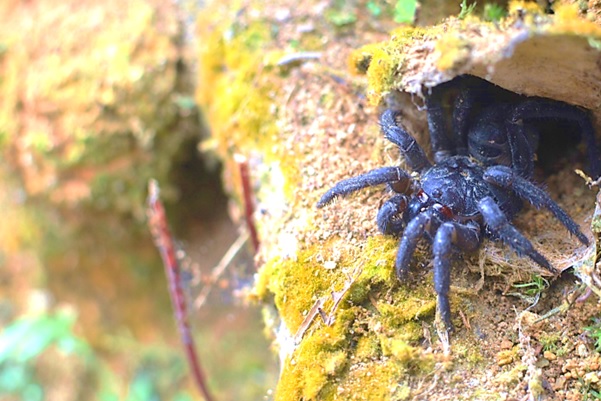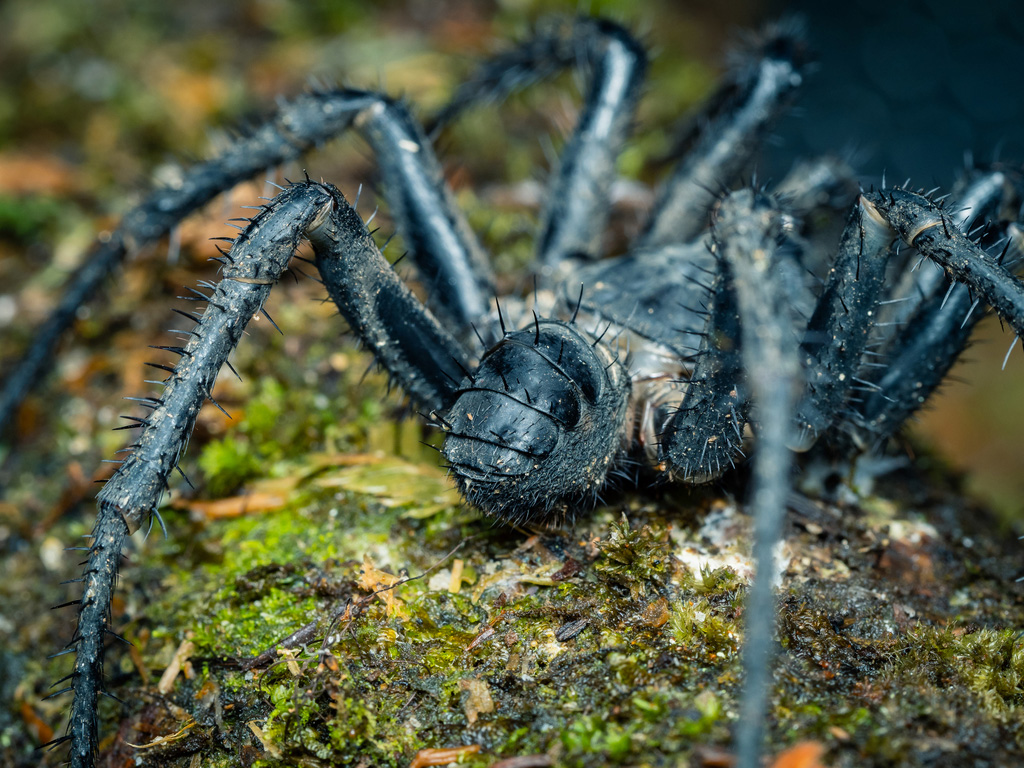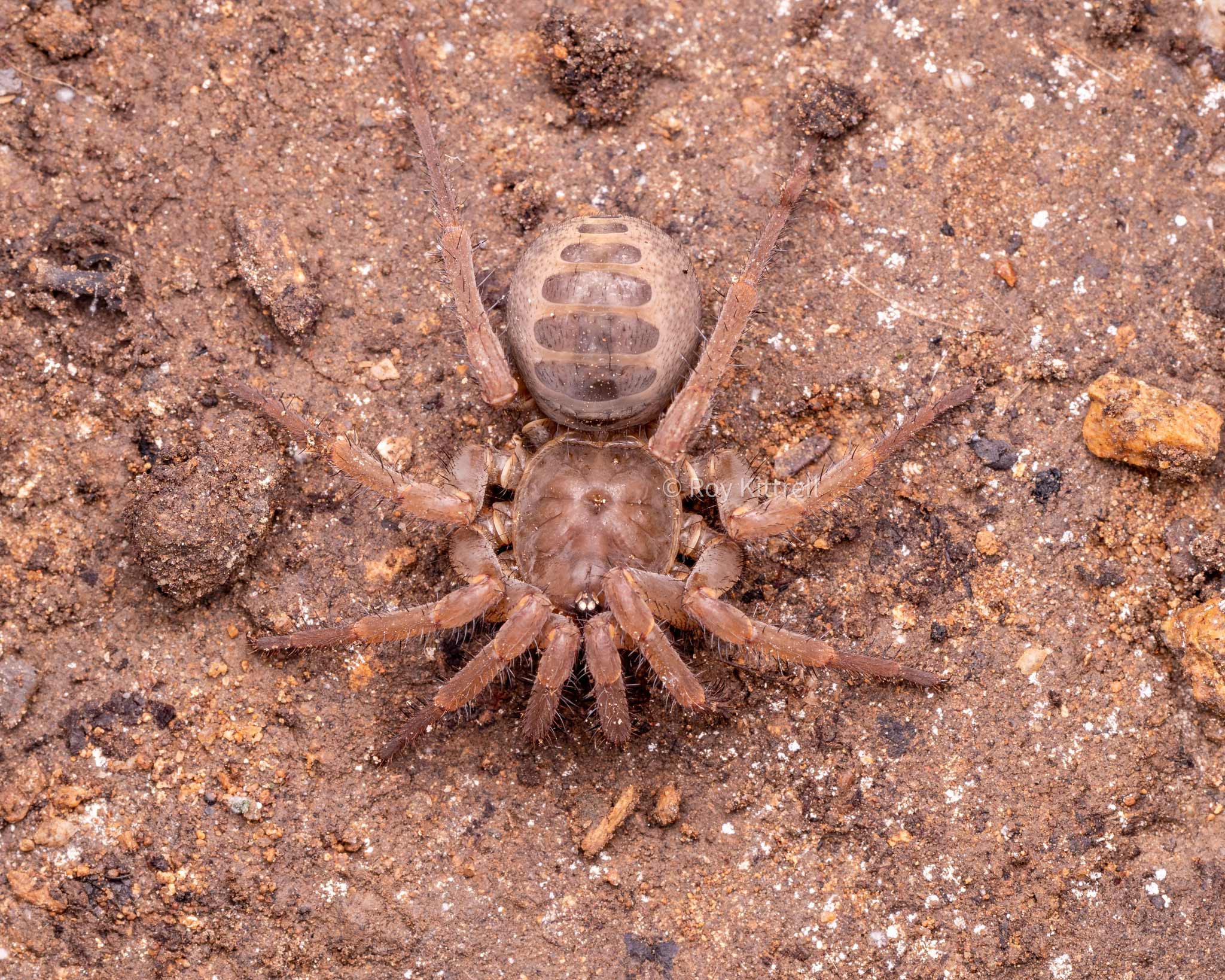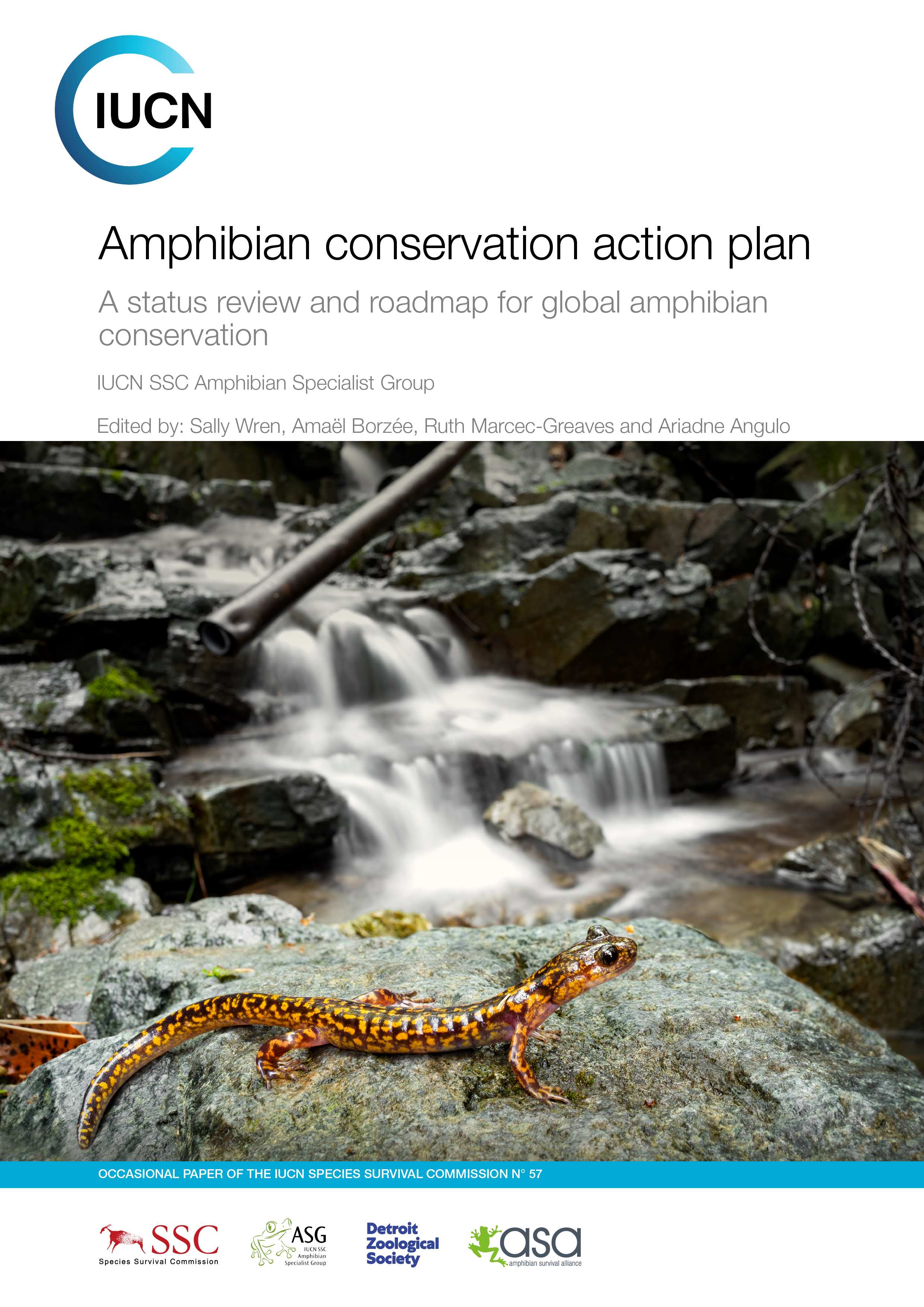The team used a wide range of relevant sources, including scientific literature, unpublished reports, museum collections and experts. The project resulted in the analysis of 175 species of Mesothelae spiders currently recognized by science and it was possible to compile more than 3,000 unique records from 100% of the range countries of this group.
Tarantulas and the common-orb-weaver, represent two of the more recognizable suborders of spiders (mygalomorphs and araneomorphs respectively), but there is a third suborder that is basal to these two and represents a unique branch of the tree of life; the segmented trapdoor spiders of the families Liphistiidae and Heptathelidae.
A recent analysis found that this group faces a wide range of threats and experts fear that this Evolutionarily Distinct group is sadly Globally Endangered (EDGE).


The project was led by Pedro Sousa and Zarris Kem of the IUCN SSC Spider and Scorpion Specialist Group and consisted of compiling all available data on the families Liphistiidae and Heptathelidae, most of which are classified as Critically Endangered on the IUCN Red List of Threatened Species.


There are 880 validated mapped localities in these records, categorized by country.
Main results
These records are distributed in Japan (410 localities, 35 species), China (317 localities, 66 species), Thailand (56 localities, 36 species), Malaysia (40 localities, 18 species), Vietnam (24 localities, 8 species), Myanmar (20 localities, 10 species), Indonesia (7 localities, 1 species) and Laos (6 localities, 1 species).
Training: partners in the range countries were successfully engaged and actively participated from the beginning, including the development of a memorandum of understanding, regular meetings and discussions.
Data collection: All key participants followed the agreed standard protocols and met the data entry targets. Major open online databases such as GBIF, iNaturalist, BOLD and the World Spider Catalog were consulted. The analysis of all species originally targeted in this project has been completed, and newly described species have also been included since submission.

Malayan Black Trapdoor Spider (Liphistius malayanus)
People involved
Twelve collaborators were involved in the project, such as:
Partner organizations: World Wildlife Fund Malaysia, the Zoological Society of London and the Global Center for Species Survival at the Indianapolis Zoo, the Research Center in Biodiversity and Genetic Resources, Resource Stewardship Consultants, TRAFFIC Southeast Asia and the Faculty of Science at the University of Nottingham, Malaysia Campus, as well as the Cave Management Group.
Natural History Museum of Geneva: with the participation of Peter Schiwindiger, Liz Price and Stephen Hogg shared unpublished data and provided professional expertise on these species in the field.
Conservationists: Five conservationists from Malaysia participated, as part of a partnership with a local NGO, they participated in person and virtual meetings. Three experts from Japan engaged and supported the design of this project by sharing their scientific knowledge on these species. A team of conservationists from Singapore participated in the project in order to use the data collected to support conservation actions for the species concerned.


Moving forward
The IUCN SSC Spider and Scorpion Specialist Group team intend to continue the project by publishing the assessments of these remarkable spiders as "Species Conservation Profiles" in several scientific papers, the project is ongoing until they are published and the assessments are available on the IUCN Red List platform.
Liphistius batuensis




